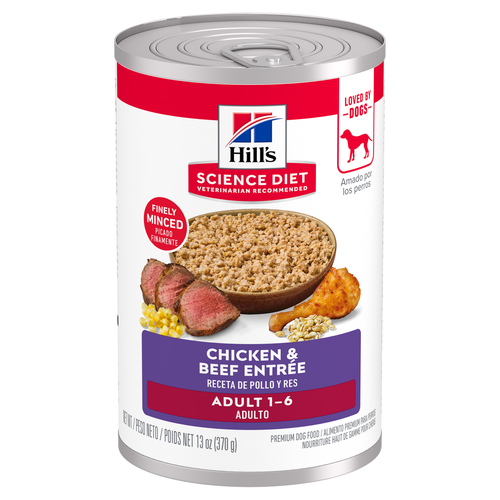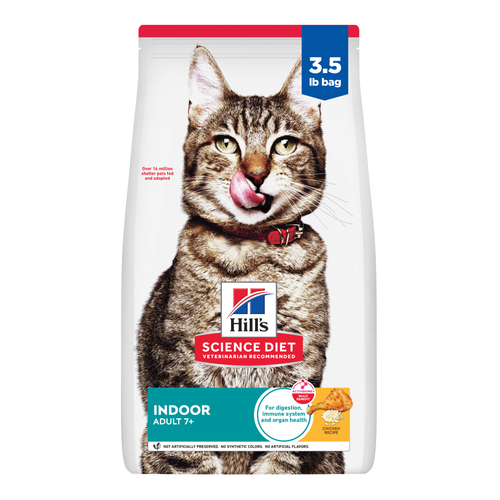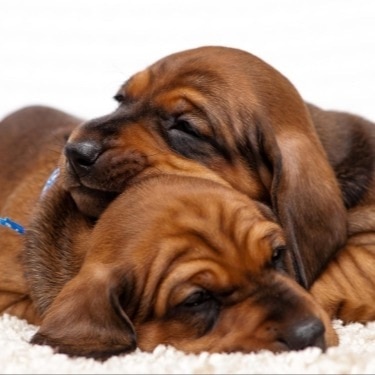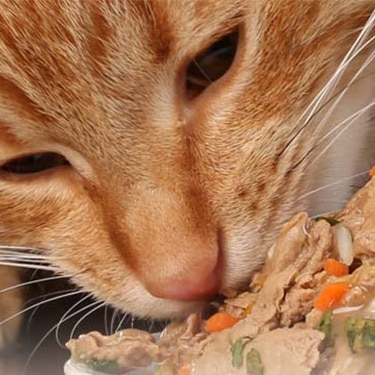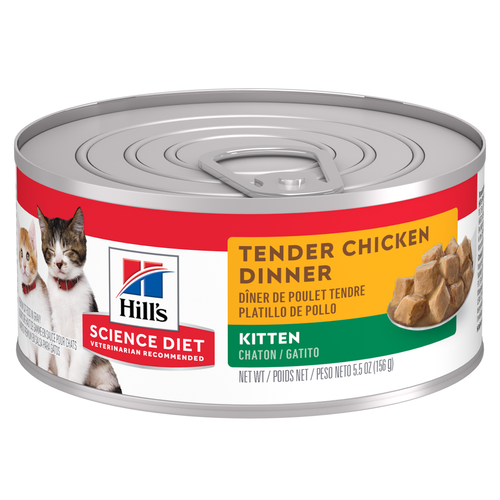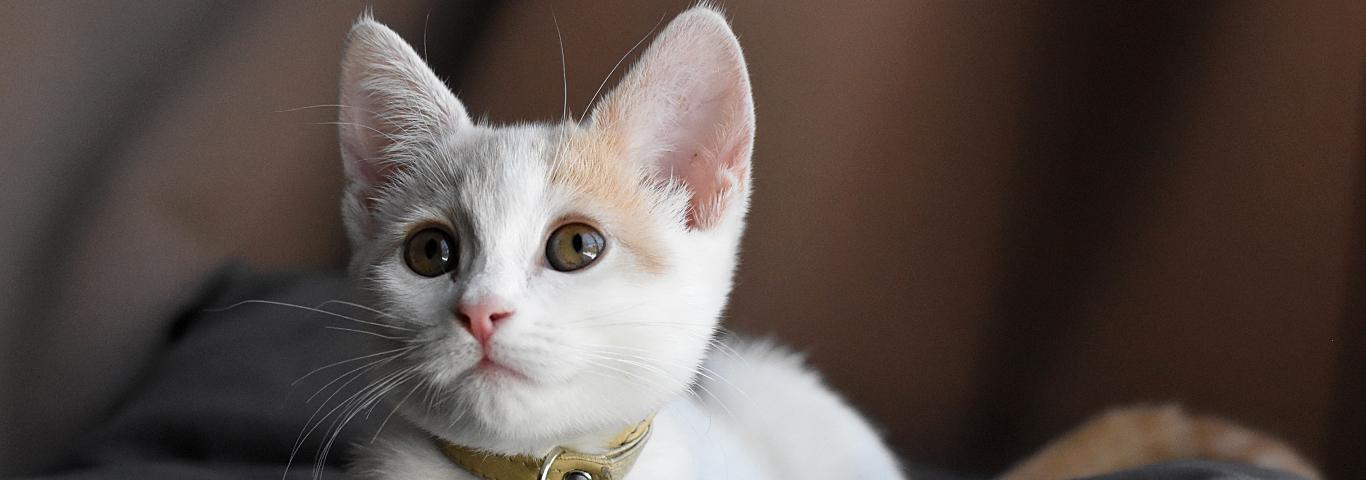

Your cat's bathroom habits may not be the most pleasant topic, but as any pet parent knows, the litter box is an important indicator of your feline's health. Elimination-related concerns can point to various physical and behavioral issues, so they always warrant a visit to your veterinarian.
One condition, feline megacolon, can result in severe constipation and fecal impaction in the colon, stretching its delicate tissue. Megacolon is a painful condition for cats, and left untreated, it can cause irreversible damage to this important organ. Learn what causes megacolon in cats, how to recognize the signs and how to provide your cat with the care they need; including diagnosis, treatment and prevention methods to help reduce your cat's risk.
What Is Feline Megacolon?
In mammals, the colon, also known as the large intestine, has three primary functions: absorbing water and nutrients from digested food, compacting food waste into stool and, finally, eliminating it from the body through the rectum and anus. The colon also supports bacterial fermentation of undigested food, which produces vitamins, gases and other important nutrients. Normally, the colon contracts and distends, involuntarily moving in wave-like contractions that break down food and move it along the digestive tract. Megacolon is a colon disorder that results in a distended, flaccid, dysfunctional colon that cannot contract properly, inhibiting food from moving through the digestive tract as it should.
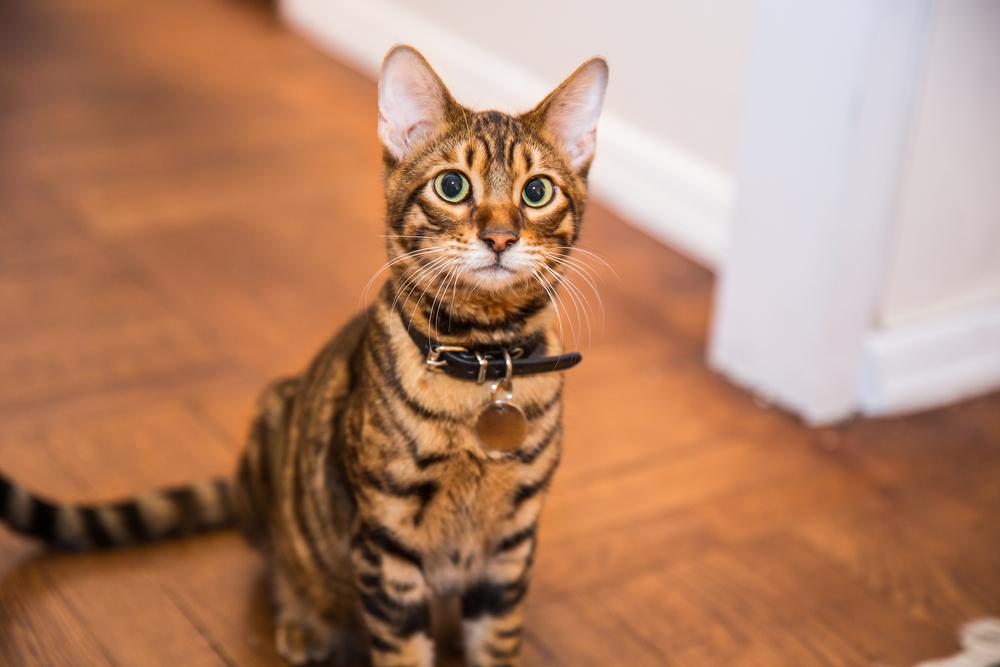
What Causes Megacolon in Cats?
Megacolon causes fall into three categories: acquired (developed over time), congenital (present from birth) or idiopathic (unknown).
Acquired megacolon is a common form in cats, often resulting from chronic fecal impaction in the colon. If constipated long enough, your cat's poop solidifies into a large, hard mass of fecal matter that distends/dilates the colon. Although it is designed to distend to allow poop to pass through, chronic distention results in irreversible changes to smooth muscle in the colon, severely reducing its ability to contract and move feces through to the rectum. As your cat continues to eat without eliminating, more and more poop backs up in the colon, resulting in abdominal bloating, loss of appetite and pain.
Many conditions can contribute to acquired megacolon in cats, including:
Colon obstruction, such as from a foreign body, tumor, or pelvic fracture/malformation
Colon narrowing (e.g., scarring)
Cancer of the colon or surrounding structures
Anal sac disease
Prostate disease
Perineal hernia
Trauma to the pelvis, rectum, anus or nervous system
Tail pull injury, which damages nerves in the tail
Metabolic disorders, including low blood levels of calcium or potassium and severe dehydration
Certain medications, including antacids, sucralfate and chemotherapy
Feline obesity and inactivity can increase your cat's risk of developing megacolon.
Congenital forms of megacolon are most commonly seen in kittens and are considered a birth defect. Manx cats are particularly prone to congenital megacolon due to a genetic predisposition to spinal cord abnormalities.
If the cause of megacolon is unknown, it's considered idiopathic. Idiopathic megacolon most likely involves a disturbance of normal colonic muscle function, but more research is needed to fully understand the mechanisms involved.
What Are the Signs of Feline Megacolon?
Cats of any age can be affected by megacolon. The typical signs of megacolon in cats include:
Straining to defecate or spending more time in the litter box (a sign of constipation)
Small, hard, dry feces or no feces at all
A small amount of diarrhea with mucus after straining to defecate
Occasional vomiting
Abdominal bloating
Appetite loss
Lethargy
Weight loss
Scruffy, unkempt coat (due to decreased grooming)
Megacolon can cause dehydration in cats, so they may also exhibit signs of dehydration.
How Is Feline Megacolon Diagnosed?
Feline megacolon is diagnosed through a combination of physical examination and abdominal radiographs (X-rays), as well as a thorough history and account of any clinical signs. Vets can spot megacolon on an abdominal X-ray, which can also reveal underlying conditions such as pelvic fractures or obstructive masses.
Your vet may also request additional testing, including:
Blood and urine lab work to evaluate hydration and electrolyte status
Abdominal ultrasound for more information about abdominal organs
Colonoscopy

How Is Megacolon Treated in Cats?
Megacolon treatment may require hospitalization. In most cases, your vet will provide fluid therapy to restore healthy hydration levels, and then manually remove impacted feces from the colon. During this process, sedation is necessary to avoid further traumatizing colonic tissues. There are several methods your vet may use to manually remove feces, including warm water enemas or enemas with water-soluble jelly. Additional treatments depend on the underlying cause. If your cat experiences recurrent or severe megacolon, surgery may be necessary.
At-Home Care
At-home care is important to supporting your cat's full recovery. Your vet may recommend putting your cat on a low-residue, high-moisture, easily digestible food that reduces the amount of feces produced and minimizes strain on the colon. (High-fiber foods bulk up feces and can often make the problem worse during recovery.) Your vet will guide you toward the best option for your cat, which may include wet and/or dry food.
In some cases, your vet may also prescribe medication to help soften your cat's feces and improve colon motility (the ability to move waste through the digestive tract). Common hairball laxatives are typically ineffective. Always consult your vet before using any medication for megacolon — they can advise on the best treatment plan based on your cat's unique needs.
Most cats with megacolon can also benefit from increased activity and water consumption to help maintain colon health. Cats with idiopathic or recurrent megacolon may require lifelong therapy or surgery.
Helping Reduce Your Cat's Risk of Feline Megacolon
If your cat has been diagnosed with megacolon, it's important to work closely with your vet. If you think you're noticing signs of megacolon, seek treatment right away — early intervention can help preserve colon function and improve prognosis. Fortunately, you can take action at home to reduce your cat's risk. Providing complete and balanced nutrition, ensuring access to fresh water and keeping your cat at a healthy weight — including daily play and exercise, appropriately portioned meals and weight loss intervention if needed — are key to reducing the risk of megacolon and supporting your cat's overall health. Paired with regular vet visits, you can rest assured you're giving your cat the same level of love and care they give to you.


